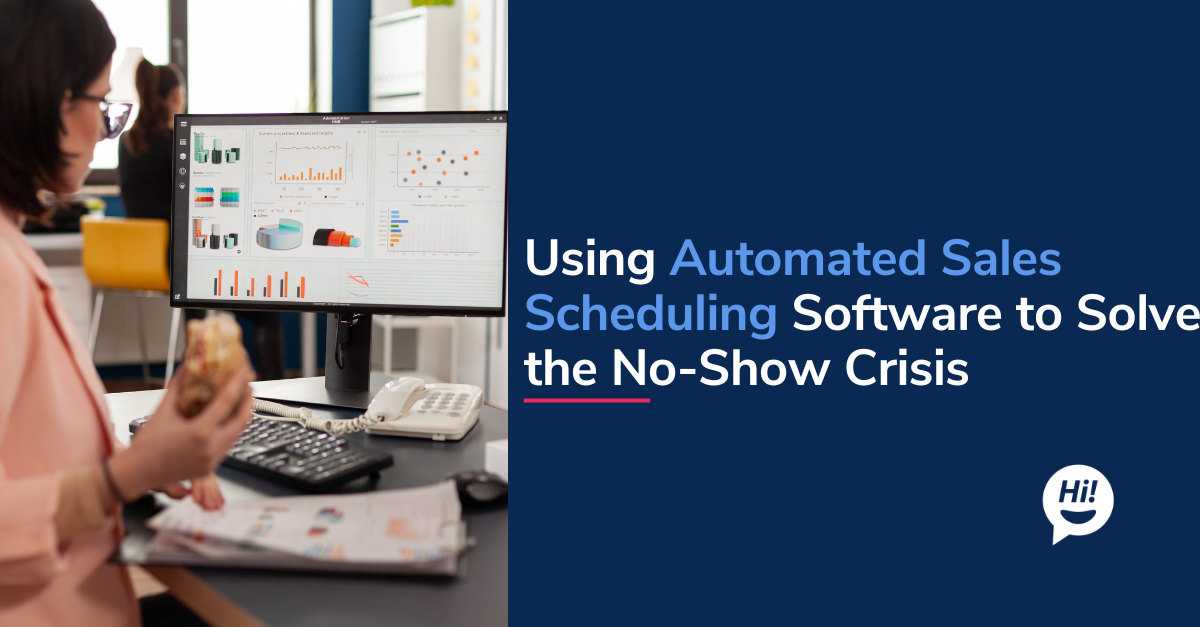Congratulations! You have taken the first step to digitally interact with your consumers, the way they want to connect – via messaging. Instead of searching a website for information, your consumers now have the ability to drive conversations. But, it ‘s early in the lifecycle of your messaging platform. How do you know you have done it right? What enhancements and tweaks are needed? Use the following to develop clear next steps and evolve your communications strategy.
Before you , test, test, and retest. As the saying goes, you only get one chance to make a first impression. When consumers interact with the chatbot you want to be sure they have a ** great** experience. Unhappy customers are not repeat customers. Is the chatbot tested and verified for both desktop and mobile devices? Be mindful of what devices and browsers consumers might be using and be sure all chatbot features and functionality are validated. Remember, the whole reason to pursue a Chatbot strategy is to provide “messaging” loving consumers with a convenient form of engagement.
- Make it known – Inform your community – the existing consumer base. Use both print and/or digital media to let them know what’s new and how it helps them. Provide them with a “media kit” for a quick walk-through and reference. Reach out to your social media followers, create posts, feeds and blog content to get the message out and invite consumers to try out the new chatbot.
- Advertise – Review your current digital and print ad strategy. Understand the target audience and focus on how your new messaging capabilities is appealing to your customers. Publish articles and content for online news and media sites that are popular for your business and industry domain. Co-author or write content for digital periodical or journals, such as Chatbot Magazine, Chatbot News Daily, Chatbots Life and others.
- Monitor – Keep a close watch on usage, access, performance and outage(service downtime or any intermittent sporadic behaviors) signals. Be sure the application is scalable and responsive at all times. Have a plan for what you will do if the system does go down unexpectedly.
- Analytics – Chart out user engagement over time. Track the start, abandon, resume(retention) and conversion rates. For example, the “New Message Starts” report below can be compared to marketing changes implemented during the same period. Trends and historical data should be married with real time reports to manage intraday agent availability.

- Train Agents – The “Business Agents”(a.k.a. Super Heroes/Frontline) are and will continue to be the first to engage and interact with your consumers. These agents are the voice of your brand and must be thoroughly trained to communicate in that style. Operationally, business agents need to explore and understand how the Automated and Live Chat modules of the chatbot perform and what flows can be tweaked or altered.
- Escalations – A good routing and escalation strategy is a “ must-have “. A chatbot is great to have your consumers be in control with interaction and engagement. While the consumer is enabled with “self-help” menu and automated bot features, the chatbots should be smart and equipped to identify the right “lead/consumer” flow, intent, sentiment and trigger escalations(connect with agent) if applicable(office hours, urgency level, other criteria). Do best NOT to leave the consumer annoyed, frustrated, uninformed and/or confused about the process.

- Sync Data – Always take measures to sync information as provided(with consent) by consumer for later use. The consumer may at anytime decide to switch mode of engagement to email, phone, sms or walk-in(if applicable), or may the same chatbot from a different device. After a few initial per-qualification(identification establishment) questions try to locate and de-dupe the consumer is they exist in the system. Sync to central CRM or other consumer master application that holds all consumer information. Minimize and avoid any data leaks or dealing with manual information pull from too many systems.
Hope you enjoyed this read. Chatbots are here to make the process and consumer engagement better. Get started today!
Originally published at https://www.linkedin.com on ** December 26, 2017** .
To learn more about Botsplash click the button below to schedule a demo with our team.



.png)






